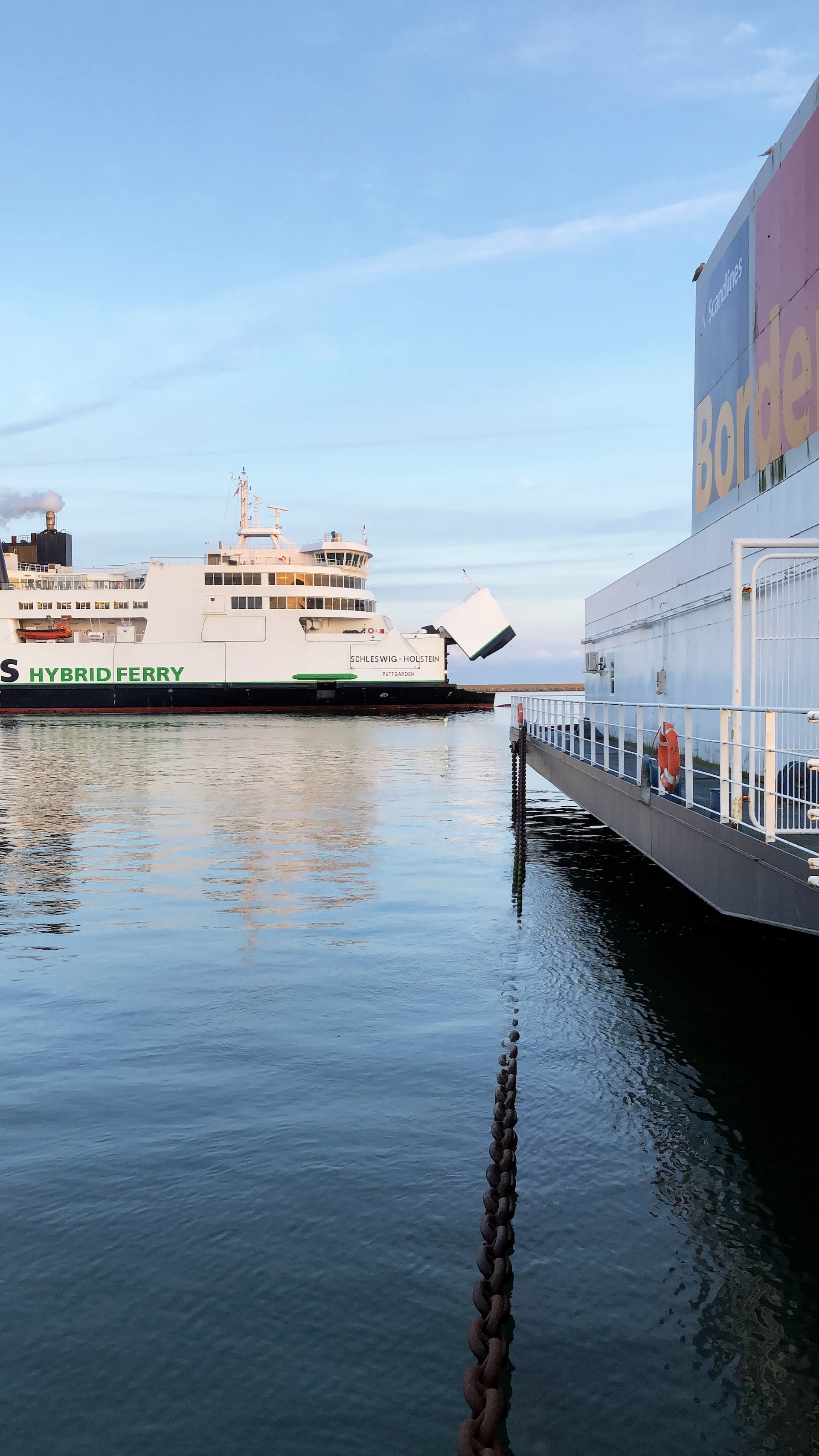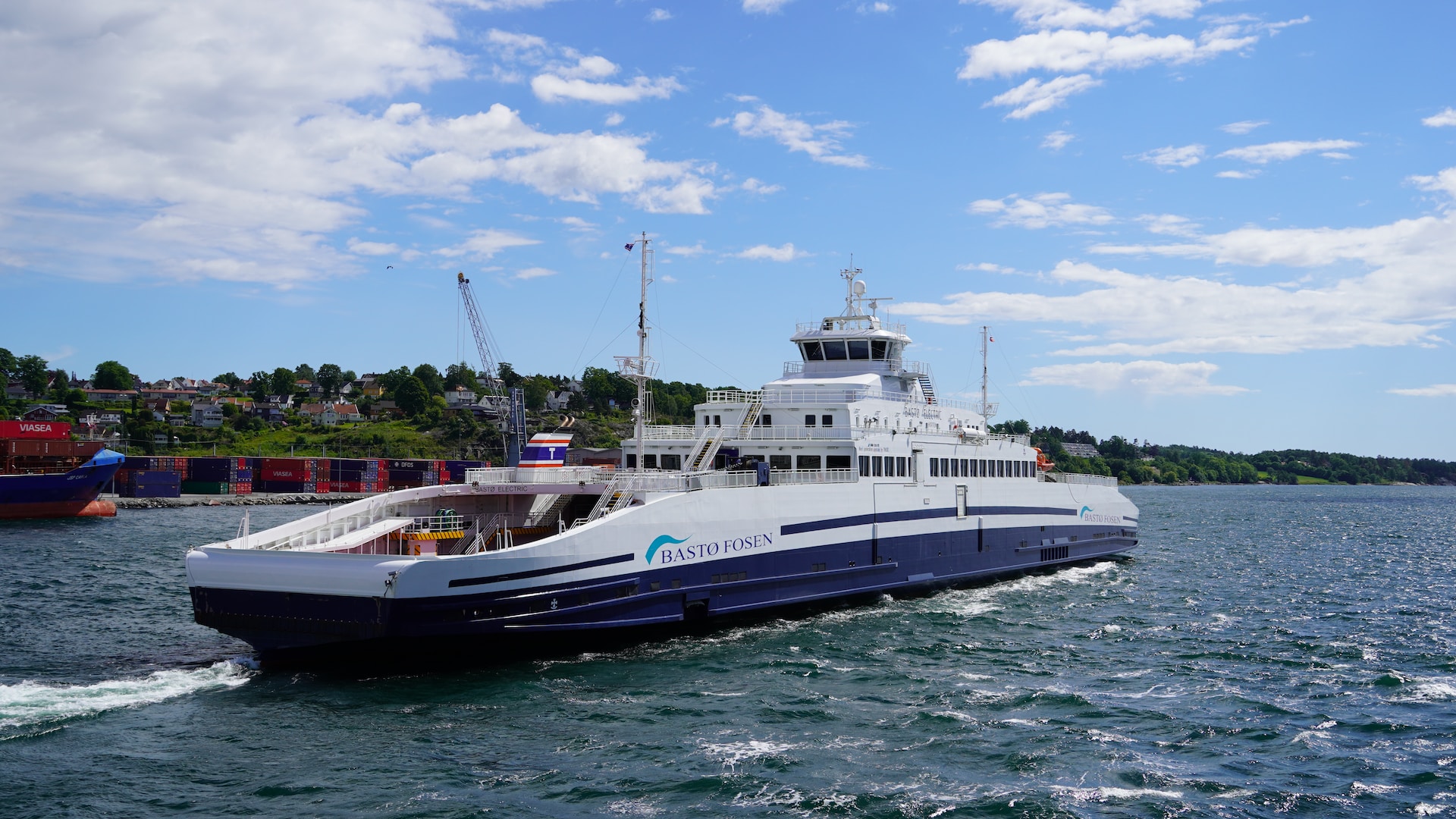Technology
4 October 2023In today's world, as technology advances, our environmental consciousness grows stronger. This is primarily due to the havoc wrought by innovative vehicles of the past that disregarded environmental concerns. Consequently, people are increasingly taking conscious steps towards more sustainable practices. As we are aware, electric vehicles with zero emissions have gained widespread adoption in many countries recently. Naturally, this has prompted forward-thinking individuals to consider the next evolution in eco-friendly transportation – electric ferries. So, what exactly is an electric ferry, and what are its advantages? Let's delve into it.
The Pioneering Electric Ferry
The world's first fully electric ferry, operational since 2015, currently sails in Norway. This ferry relies on its own battery and electric motors, captivating those who witness its emission-free journey. This pioneering electric ferry has circumnavigated the globe 1.5 times in total, showcasing exceptional performance.
The operational principles of electric ferries significantly differ from those of traditional ferries. For instance, these ferries, as previously mentioned, recharge their batteries when passengers embark and disembark. The most noteworthy aspect of this rapid charging is its emission-free nature, resulting in zero harm to the environment. When calculated, the inaugural electric ferry, known as the Amper, eliminates the cost and environmental impact equivalent to one million liters of diesel fuel annually. This translates to both fuel savings and a positive environmental contribution.
According to Siemens, three more e-ferries are currently on order, a clear indicator of the growing adoption of eco-friendly solutions. The Norwegian Parliament has provided unwavering support for this initiative, with ongoing discussions and debates regarding the mandate for all new ferries to be electric. With the favorable response received, it is expected that electric ferries will gain even greater prominence.

The Emergence of Hybrid Ferries
Ferries are typically utilized for relatively short-distance transport, which means the battery or hybrid solutions required can be relatively modest. Nevertheless, for longer journeys, vessels must be equipped with larger batteries and enhanced charging capabilities. When these provisions are in place and long-haul routes are considered, hybrid solutions prove highly advantageous.
These hybrid ferries are powered by batteries and significantly reduce travel times. This not only benefits the environment and reduces fuel consumption but also allows passengers to reach their destinations more swiftly and safely. Hybrid solutions combine the use of diesel and gas-driven systems, minimizing waste while maximizing performance.
Currently, the cost of outfitting 84 ferries with batteries in Norway is estimated at €348 million. This expense encompasses aluminum structures, charging infrastructure, and the batteries required to enhance ferry speed. The cumulative result of these cost calculations is an annual savings of €77 million across the 84 ferries. When projecting this over the next decade, the savings become substantial.
Electric Ferry Features
So, what are the capabilities of electric ferries? Let's explore that further. Firstly, electric ferries consume only 150 kWh per route, thanks to their advanced electric propulsion systems. Charging stations also stock spare lithium-ion batteries. As a result of extensive research and development efforts, fuel costs can be reduced by up to 60% as these vessels become more efficient. This marks a significant milestone in the transportation sector for Norway, the pioneering nation in implementing this technology, which is currently progressing at full throttle in these projects.

Zero Emission, Efficient Electric Ferries
These electric ferries, weighing 20 metric tons each, are equipped with Corvus Energy Storage Systems. Developed using Corvus Energy's liquid-cooled ESS technology, these ferries also support robust shore charging. Inside the electric ferry, you'll find approximately 145 meters of lithium-ion batteries.
The inaugural prototype, known as the Bastø Electric NB42, leads the way in eco-friendly transportation with its zero-emission capabilities. When the ferry is in motion, the batteries power the propulsion system, resulting in an impressive 80% reduction in emissions along its route. These fortified batteries can be rapidly recharged during passenger boarding and disembarkation, saving valuable time.
As you can see, eco-friendly systems are gaining widespread adoption in the transportation sector. Following the rise of electric and hybrid cars, electric ferries are poised to make a significant impact on transportation. It appears that this innovative technology trend, originating in Norway, will soon be trialed in other countries across the globe. If the calculations hold true, both the automotive and maritime transportation industries will soon benefit from more environmentally-conscious, swift, and secure vehicles. Given the pace of technological advancement, it seems we won't have to wait long for these changes to materialize.




